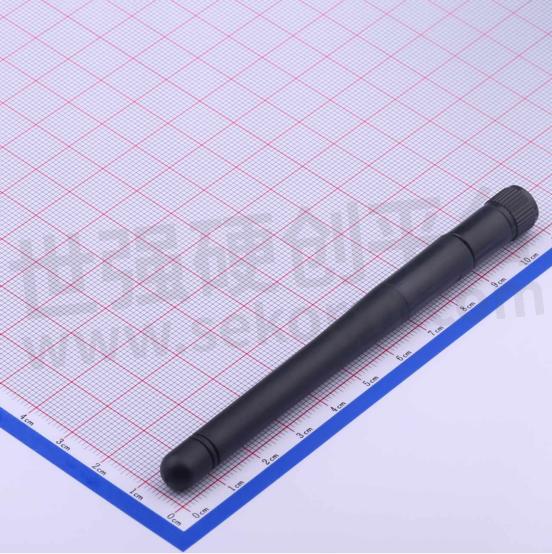Patch Antenna and Rod Antenna: Selecting the Best Antenna Solution

In the field of wireless communication, the development of antenna technology has become crucial due to the increasing demand for smart devices and wireless networks. Patch Antennas and Rod Antennas are two common types of antennas, each with their own advantages and limitations. In this article, Kinghelm will compare patch antennas and rod antennas and discuss which antenna solution is better suited for specific application scenarios.
Patch Antennas
Patch antennas are flat, lightweight antennas commonly used in mobile communication devices, wireless sensor networks, and microelectronic devices. Here are some of the main advantages of patch antennas:
Small Size: Patch antennas can be designed to be very compact, making them suitable for devices with limited space.
Low Cost: The manufacturing cost of patch antennas is relatively low, making them suitable for mass production.
Wide Availability: Patch antennas can operate in different frequency bands and communication standards, such as 2.4GHz, 5GHz, Bluetooth, etc.
However, patch antennas also have some limitations:
Lower Gain: Due to size constraints, patch antennas typically have lower gain, which may make their performance less ideal in certain long-distance communication scenarios.
Susceptible to Environmental Interference: Patch antennas are sensitive to objects and electromagnetic interference in their surrounding environment, which may affect signal quality and transmission distance.
Rod Antennas
Rod antennas are upright antennas commonly used in wireless routers, base stations, vehicle communication, and other applications. Here are the main advantages of rod antennas:
Higher Gain: Compared to patch antennas, the design of rod antennas gives them higher gain, which can provide longer transmission distances and stronger signal strength.
Interference Resistance: Due to their longer physical length, rod antennas have a certain degree of interference resistance to objects and electromagnetic interference in their surrounding environment.

However, rod antennas also have some limitations:
Larger Size: Rod antennas are relatively larger in size and are not suitable for devices with limited space.
Higher Cost: Compared to patch antennas, the manufacturing and installation costs of rod antennas are higher.
Conclusion:
Choosing the appropriate antenna solution is crucial depending on the application scenario and requirements. If you need a small, low-cost antenna that works in short-distance communication scenarios, patch antennas are the best choice. However, if you require higher gain and longer transmission distances, rod antennas may be more suitable for your needs, despite being relatively larger and more expensive.
It should be noted that antenna design and performance are closely related to specific application requirements. In actual use, it is best to conduct a series of tests and optimizations before use to ensure that the selected antenna solution can provide optimal performance and stability in a specific environment.
In summary, patch antennas and rod antennas each have their advantages and disadvantages, and selecting the best antenna solution requires comprehensive evaluation and trade-offs based on specific application requirements.
- +1 Like
- Add to Favorites
Recommend
This document is provided by Sekorm Platform for VIP exclusive service. The copyright is owned by Sekorm. Without authorization, any medias, websites or individual are not allowed to reprint. When authorizing the reprint, the link of www.sekorm.com must be indicated.


























































































































































































































































































































































































































































































































































































































































































































































































































































































































